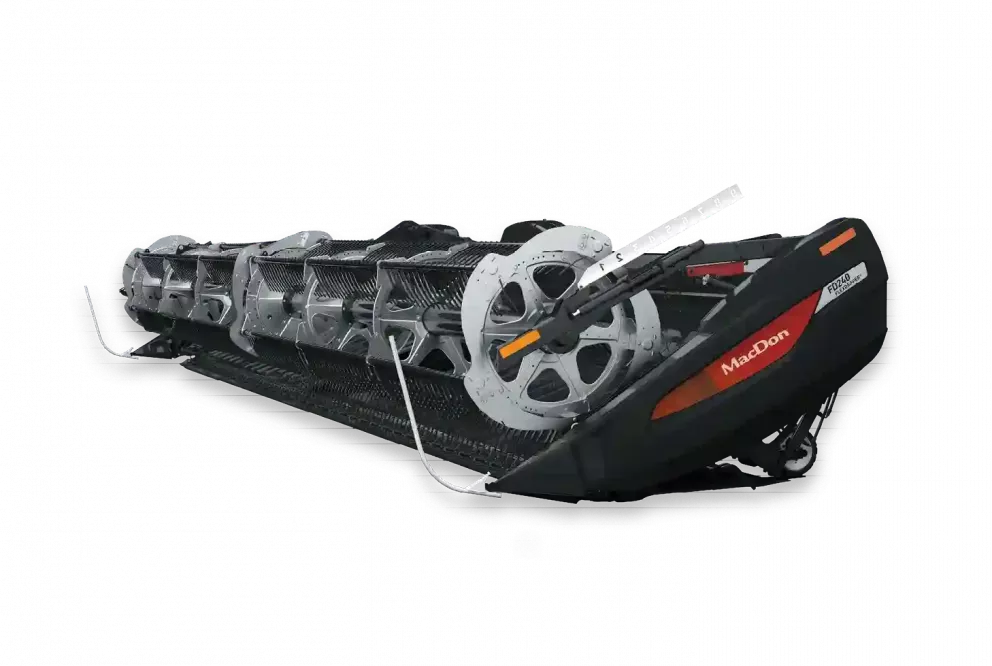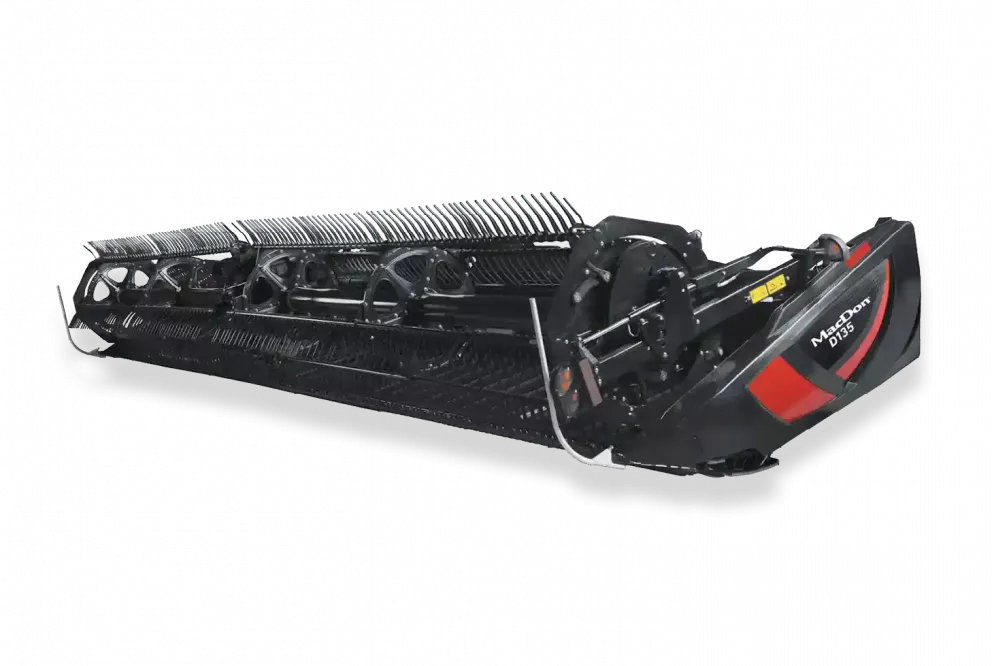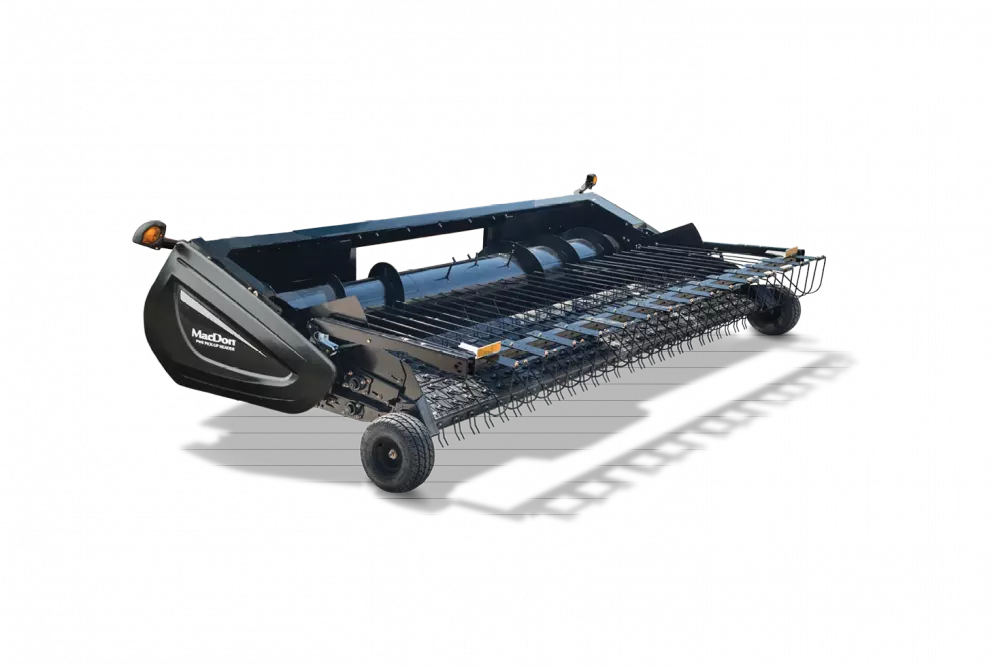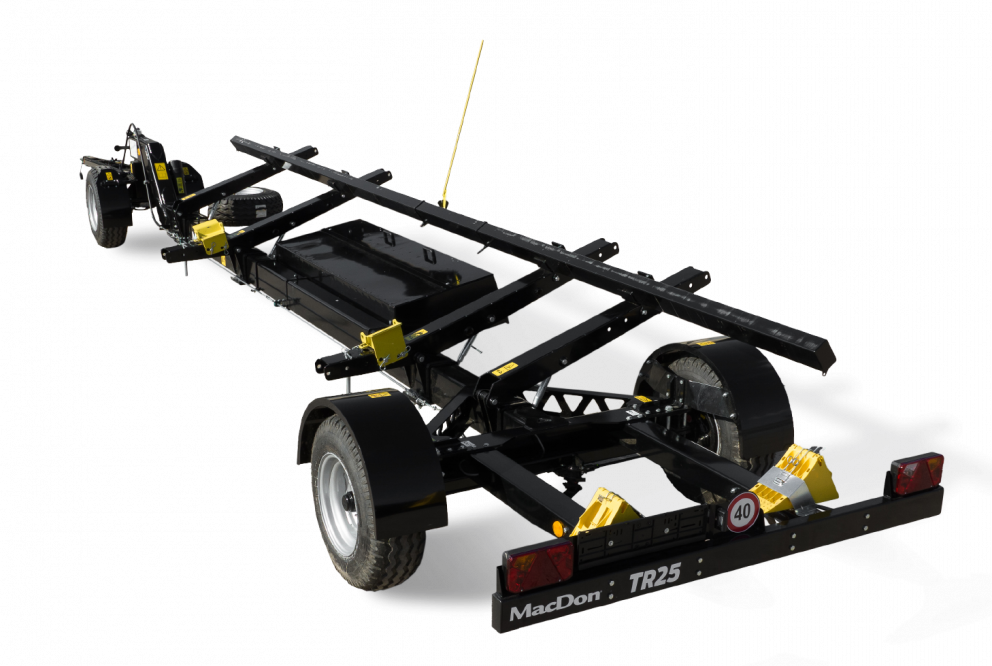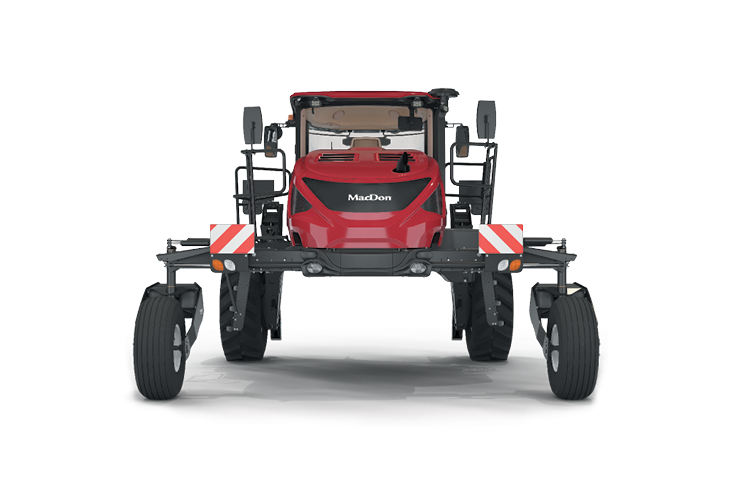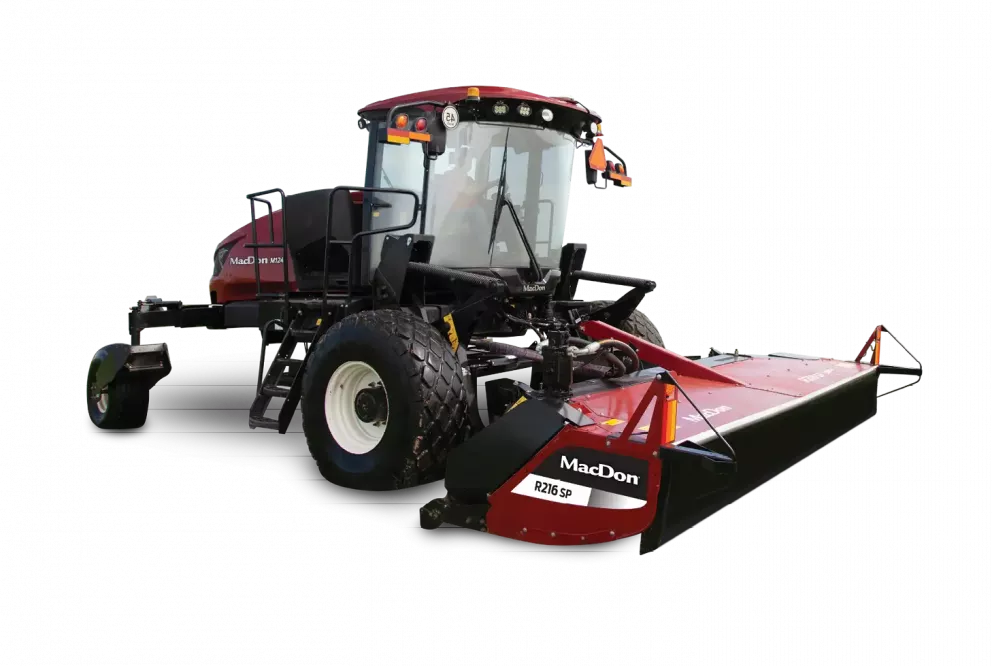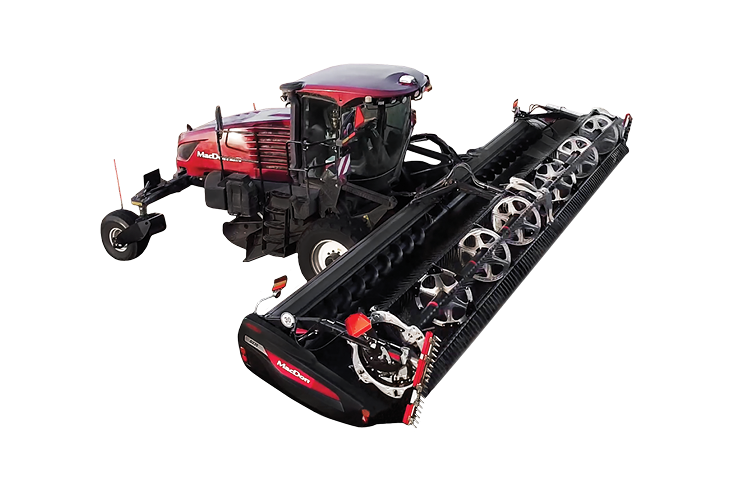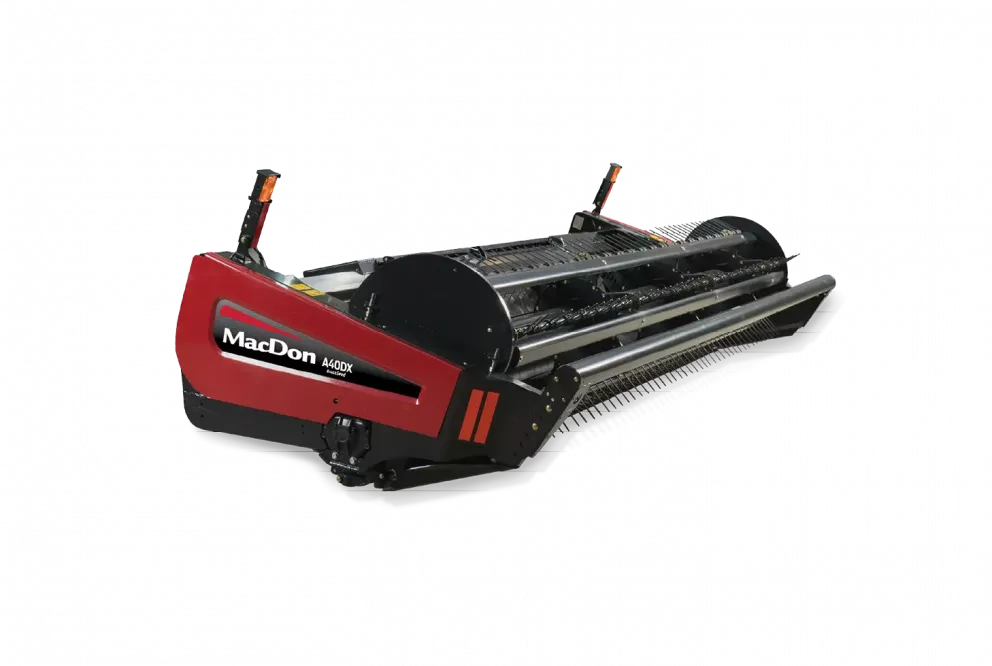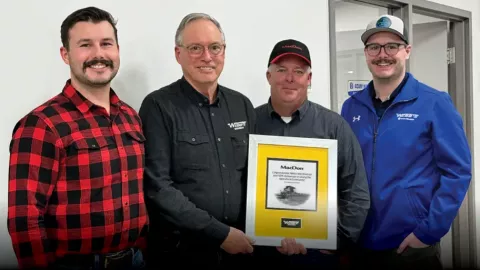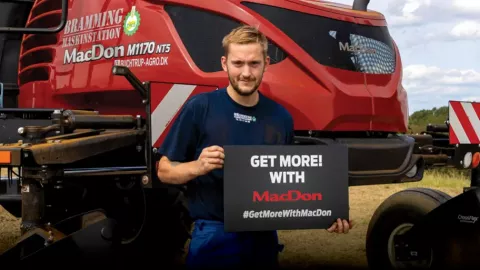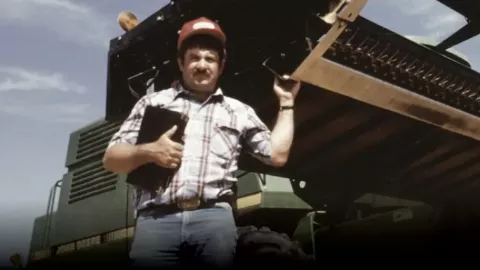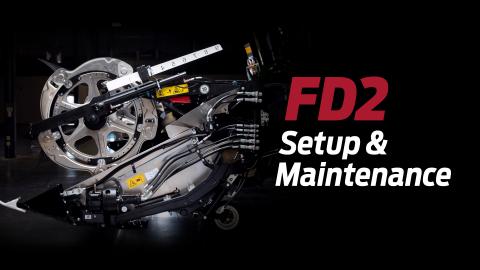Big City Sprawl
Despite increased urban sprawl from New York City, Clucas Farms continues to make hay in the area.
Increasingly unpredictable weather patterns, fickle commodity pricing and ever rising labor and input costs; to be a farmer today is to wake up to challenge every morning. But when your farm lies alongside Donald Trump’s Bedminster Golf Club, the set of challenges you face are perhaps a bit more eccentric than your typical farmer.
“When Trump stays here over the weekend we’ve got people coming up and down the roads to watch the military helicopters fly over the farm to bring him in,” says Scott Clucas, a third generation farmer who manages a 4,600 acre (1862 ha) grain and hay farm near Califon, New Jersey, about 50 minutes due west of New York City.
“Some of our land is right up against the golf course and we have to talk to the secret service just to get onto it. They’ll follow us in and will watch us begin mowing for a little bit and then drive away. I guess that would be something that most farmers don’t have to deal with.”
Beyond the added excitement of the President’s visits, Clucas says that being one of the closest grain farms to New York City (the Manhattan skyline can be seen from a hill behind his yard), has meant that the city’s expansion is placing increasing pressure on the viability of his operation.
“Population wise, our county is about 15 times the size it was when I was a kid. It has gone from being a one horse rural town to a very wealthy community that knows little about agriculture. Everything you think of when you think of urban sprawl, we’re in it.”
One of the bigger pressures he faces comes from both the town as well as some of the “urban” landlords he rents land from. Both factions are requesting that he change his farming practices to better protect the environment.
OUR BIG CHALLENGE IS THAT IT’S HARD TO GET DOWN OUR ROADS WITH MACHINERY NOW. NEW JERSEY WAS FOUNDED BACK IN THE 1600 OR 1700S, AND A LOT OF OUR ROADS REMAIN TINY HORSE AND BUGGY TRACKS.
“A huge topic with a lot of the new landlords is that they really want to see me adopt organic farming. Now I pretty much refuse, because the added cost is unwarranted. There’s not too many farmers here so there is not a lot of opportunities for them to have their ground farmed.”
Another impact of the urban sprawl is the significantly increased road traffic it has brought to the area.
“Our big challenge is that it’s hard to get down our roads with machinery now. New Jersey was founded back in the 1600 or 1700s, and a lot of our roads remain tiny horse and buggy tracks. New York and New Jersey drivers are all the same, the roads may be narrow but they still do 100 miles per hour (160 km/h). If we need to transport at rush hour, and go around these blind turns pulling a 13 foot (3.96 m) or wider mower, it’s just too risky now to attempt.”
It was exactly that which first brought Clucas to the MacDon product line. MacDon’s R1 Rotary Disc mower, with its optional Road Friendly Transport option, allows an operator to reduce the width of a 13’ (3.96 m) or 16’ (4.88 m) mower to just nine feet, making it safer to transport.
“The R1’s transport was key for us. With our old mowers if it got to a certain time of day we couldn’t move to the next field because traffic would pile up too much. As such, I had to run two mowers, parked in different fields, to keep working. But now with the R1, I can get all my work done with just one.”
The primary customer for Clucas’s 900 acres (964 ha) of timothy hay, orchard grass and brome grass is the many horse farms in the area.
“I think we compete with Kentucky for as many horses per square mile. Our farms are smaller, but there are a lot of places with 30 or 40 horses on just 20 acres (8 ha). Many of these aren’t serious breeders - the horses are primarily for trail riding and showing.”
Despite all the challenges of farming in this community, Clucas still takes great pride in delivering a quality product.
“I‘m not in this farming business to make a fortune, but I do like to grow a good crop. It doesn’t always happen, but I always go in with full intentions of doing the best I can.”
Beyond the transportation benefits of the R1, Clucas says that he and his nine employees have been more than satisfied with the in-field performance of his two units (he keeps his older second R1 parked for ‘just in case’ situations).
“For me as a farmer the faster I get it down and get it drying, the faster I can get off the mower and onto other things. Our labor costs are very high here and any time I can cut down on that in any sort of way or have someone doing something other than cutting, is a big help.”
FOR ME AS A FARMER THE FASTER I GET IT DOWN AND GET IT DRYING, THE FASTER I CAN GET OFF THE MOWER AND ONTO OTHER THINGS.
“We run four small square balers so I have to cut 100 acres (40.5 ha) or better at a clip to keep those things rolling. We also try to get three cuts a year and it’s safe to say that we put as many acres on our mower as many of the bigger farmers out west. I used to have to run two other disc mowers to stay ahead, but now I can do that with a single R1.”
Clucas reports that he has also been impressed with the level of support that he has received from his MacDon dealer and the company itself.
“MacDon’s people have been really good to work with. They have come out with engineers to look at the mower without even asking – just to check up on the wear and tear of the unit and see if they can do anything for us. However, anything that has gone wrong so far has been self-inflicted, and there hasn’t been anything that they haven’t been able to take care of.”
But Clucas’s experience with MacDon isn’t limited to mowing hay. He also owns a 30’ (9.1 m) FD1 as well as an older FD75 35’ (10.7 m) model. He bought both a few years back to replace a couple of flex augers that he hadn’t been happy with after seeing a FlexDraper® demoed in some soybeans under extremely challenging conditions.
“The beans they demoed in were about 8” (20.3 cm) tall and it was practically snowing; you know muddy conditions that usually give you trouble. But that FlexDraper just handled those beans perfectly.”
Like other FlexDraper customers, Clucas has been very pleased with their performance in his wheat and his soybeans, but especially his wheat where he has enjoyed a couple of unexpected benefits.
“I’ve always run two combines to cut my wheat, but this year we only needed one because the FlexDraper handled it just great. We were even dealing with downed wheat, but it didn’t matter because the header just sucked it right in.”
“We also sell our straw for bedding and have found that the FlexDraper makes it easier to sell because we have zero wheat heads in the straw. People get concerned if there are any heads in the straw because the horses will eat it, but since we’ve gone to the FlexDrapers we’ve noticed that our market for straw has been up. it’s not because I changed my combine, It’s all because the head is
feeding the material right which lets the combine do its job better.”
And it is that kind of added benefit that keeps Clucas singing the praises of his MacDon machines.
“I work hard for my money and give everyone a fair handshake, so when I buy a piece of equipment I expect the same in return. MacDon hasn’t disappointed.”
